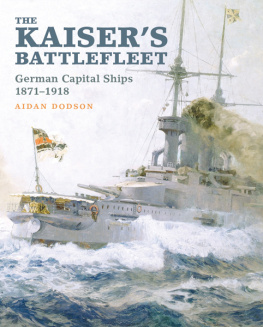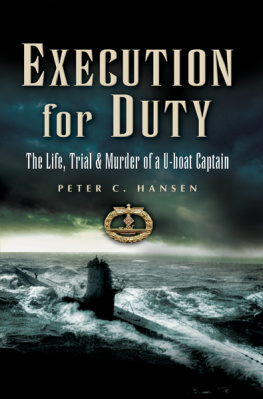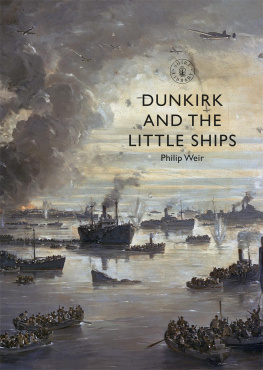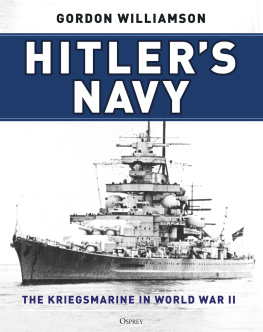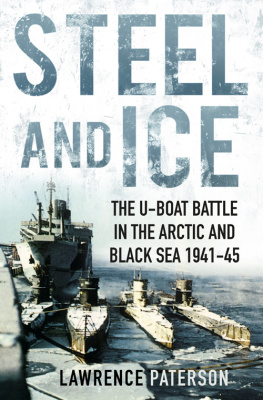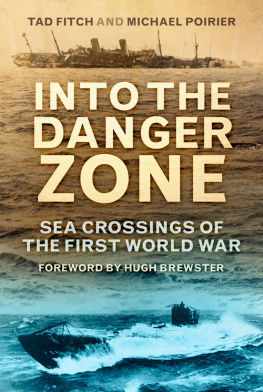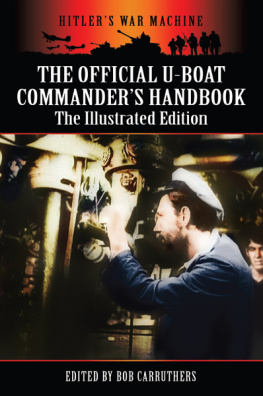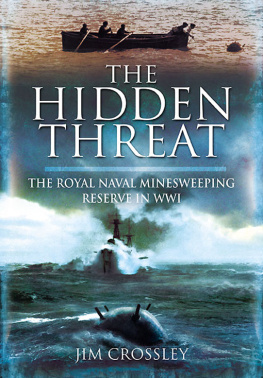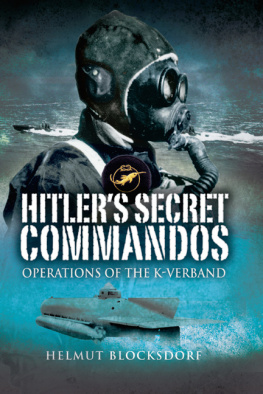HITLERS
FORGOTTEN
FLOTILLAS
HITLERS
FORGOTTEN
FLOTILLAS
Kriegsmarine Security Forces
LAWRENCE PATERSON
I would like to dedicate this book to Ian Lemmy Kilmister. I hope he would have liked it. Long live rock and roll.
Frontispiece: Rumboote in action.
Copyright Lawrence Paterson 2017
First published in Great Britain in 2017 by
Seaforth Publishing,
A division of Pen & Sword Books Ltd,
47 Church Street,
Barnsley S70 2AS
www.seaforthpublishing.com
British Library Cataloguing in Publication Data
A catalogue record for this book is available from the British Library
ISBN 978 1 4738 8239 3 ( HARDBACK )
ISBN 978 1 4738 8241 6 ( EPUB )
ISBN 978 1 4738 8240 9 ( KINDLE )
All rights reserved. No part of this publication may be reproduced or transmitted in any form or by any means, electronic or mechanical, including photocopying, recording, or any information storage and retrieval system, without prior permission in writing of both the copyright owner and the above publisher.
The right of Lawrence Paterson to be identified as the author of this work has been asserted by him in accordance with the Copyright, designs and Patents Act 1988.
Contents
The Aegean Sea

The Baltic

The Black Sea

The English Channel

The Mediterranean

Introduction
At present the minesweeper is in the position of a person walking in the dark who can only feel for obstruction by stretching his arms behind him. Modern science has done much for the protection and improvement of the mine but at present cannot provide any means of giving warning to the sweeper of the danger which is before him.
A LTHOUGH the above quote refers to the royal Navys minesweeping service, it is as relevant for all navies that fought during the Second World War, as well as those before and since. The kriegsmarine was no different in this regard.
Much has been written about the large ships of the Kriegsmarine such as the Bismarck and the Tirpitz and as much about the U-boats that remained Germanys only real chance of success in the Atlantic war, but even then only a slender chance. There are some books, including one of my own, about the fast-moving Schnellboote , but very little about the other seagoing units, the backbone of any navy. Germany named them Sicherungsstreitkrfte Security Forces and most were grouped into flotillas and despatched to every theatre of war that German naval craft operated from with the exception of foreign ports inhabited by long-distance U-boats in the Far East. They were the most numerically significant portion of the Kriegsmarine and essential to enable the other branches of the navy to operate. For example, without minesweepers no other vessel could put to sea.
The role of the minesweeper, submarine hunter, escort vessel and patrol boat was hardly glamorous, which no doubt explains the dearth of books on them. A further complication is that the number of vessels involved was vast and a book of this size and type has nowhere near the space necessary to relate the fates of each unit, let alone each vessel within the units. However, I am hoping to give a comprehensive overview of the crucial role played by these small ships within Germanys naval war. There are books that carry ship lists available elsewhere that seek to name and number every craft, constantly updated as new information comes to light about the micro-entities of the Kriegsmarine. I am hoping that this book provides a window into the complex operations of the Security Forces; perhaps the briefest insight into their war that was fought in so many corners of occupied Europe.
My thanks to everybody who has helped me with this book, and Id particulary like to mention Anna Paterson, James Paterson, Megan Paterson and Audrey Mumbles Paterson (you can see a theme there Im sure) who have always been supportive despite me waffling on and on at any given moment about events of over 70 years ago.
Glossary
Flotilla Types
Artillerietrgerflottille (Artillery Carrier Flotilla); converted landing craft carrying heavy guns.
Danube Flotilla; river gunboats and assorted vessels for patrolling the Danube.
Harbour Protection Flotilla.
Geleitflottille (Escort Flotilla); small destroyers or torpedo boats designed for fleet operations.
Landungsflottille (Landing Flotilla); comprised of purpose-built landing craft. (Marinefhrprahme)
Minensuchflottille (Minesweeping Flotilla); conventional and auxiliary ships primarily intended for mine warfare.
Rumbootsflottille (Motor Minesweeper Flotilla); small shallow-water minesweepers.
Sperrbrecherflottille (Barrage Breaker Flotilla); converted vessels for the destruction of mine barrages.
U-Bootsjagdflottille (Submarine Hunter Flotilla); vessels whose primary duties were anti-submarine warfare.
Vorpostenflottille (Patrol Boat Flotilla); converted auxiliary coastal patrol boats.
General
Anti-submarine warfare.
Befehlshaber der Aufklrungsstreitkrfte (Commander of Reconnaissance Forces).
Befehlshaber der Sicherung der Nordsee (Commander-in-Chief Security North Sea).
Befehlshaber der Sicherung der Ostsee (Commander-in-Chief Security Baltic).
Befehlshaber der Sicherung West (Commander-in-Chief Security West).
Fhrer der Minensucher (Minesweeper Command).
Fhrer der Vorpostenboote (Patrol Boat Command).
German Minesweeping Administration, set up after the war for the clearance of existing minefields.
Heer German Army.
Kriegsfischkutter (Fishing boats for naval service).
Korb Rum Gert (Basket Sweeping Gear).
German Navy from 1935 to 1945.
Kstensicherungsverbnde (Coastal Security Units).
KTB Kriegstagebuch (War Diary)
Leichte Artillerietrger (Light Artillery Carrier).
German Air Force.
Marine Artillerie Abteilung (Naval Coastal Artillery Battalion).
Magnetischer-Eigenschutze Anlage; Reducing a ship hulls magnetic field by use of electrical current, a process known to the Allies as degaussing.
Marinefhrprhme (German landing craft).
Motor Gun Boat, larger more heavily-armed development from ML ( qv ).
Marinegruppenkommando (Regional Naval Command, e.g., MGK West).
Next page

